Forum Discussion
Reisender
Feb 13, 2022Nomad
monkey44 wrote:
Can someone explain to me the actual time in minutes or hours, whatever. How long is a 'fast charge'. Assume you have a three quarters batter discharge on a trip. How long does it take to recharge that battery.
People keep saying fast charge and quick charge which no definition in time.
Not to argue 'gas vs electric', just comparing time to fill tank vs time to charge when you are on a trip that's more miles than a battery will take you and you need a charge somewhere, wherever that exists.
Here are a few pics for clarity and reference.
This first pic is what comes with any Tesla but its pretty much the same as any other manufacturer. Tesla uses a different shaped plug but the same J1772 as all other EVS. All EVSE's are compatible with all EV's although you may need a small adapter if a Tesla is involved. This one is in my garage.
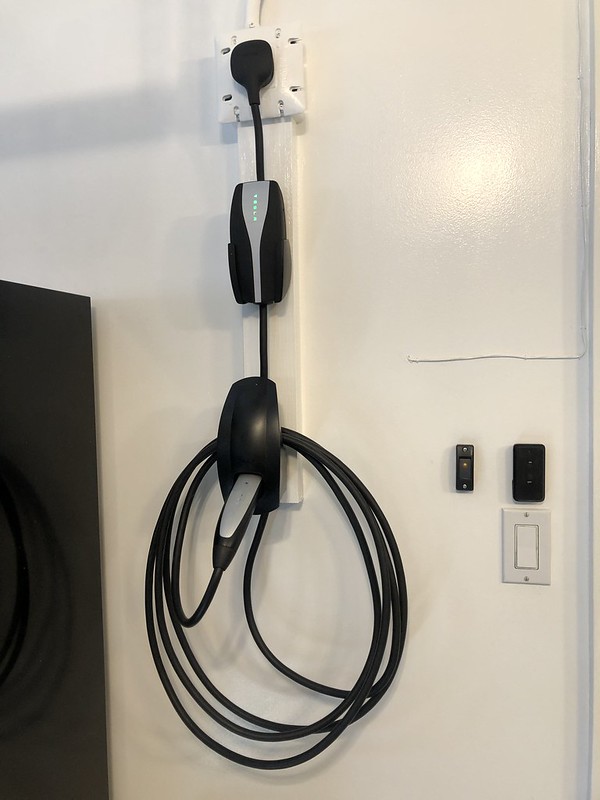
A little bigger pic for context. This is the unit in my garage. Standard 32 amp 240 volt (but adjustable in the car). You can see it is plugged into a standard 14-50 Nema 50 amp receptacle you would find in any campground with 50 amp service. Some retailers call these "quick chargers". They are not. They are essentially an extension cord that follows J1772 safety protocols for EV's. This is what every EV carries and would be plugging into the 50 amp service at a campground.

Here is another one. Same thing. But this is integrated into an RV pedestal. This is the product that KOA is installing in their campgrounds. Rumour has it they are 40 amp units but this hasn't been confirmed. These are useable by every brand of EV made today.

Here is another one. This one is in my driveway. If a campground wanted to install their own EVSE's in a separate parking spots they would probably go with something like this. This one is a little small though. It only provides 12 amps at 240 volts. Our house only has 100 amp service so our second unit is smaller. Its also hardwired so tough to steal. L2 (level 2) charging can be as little as 12 amps 240 volts and as high as 80 amps 240 volts, depending what the feed and equipment is. This is a little guy but its actually our most used charge station as quite often I park outside when I am working on projects in my garage.
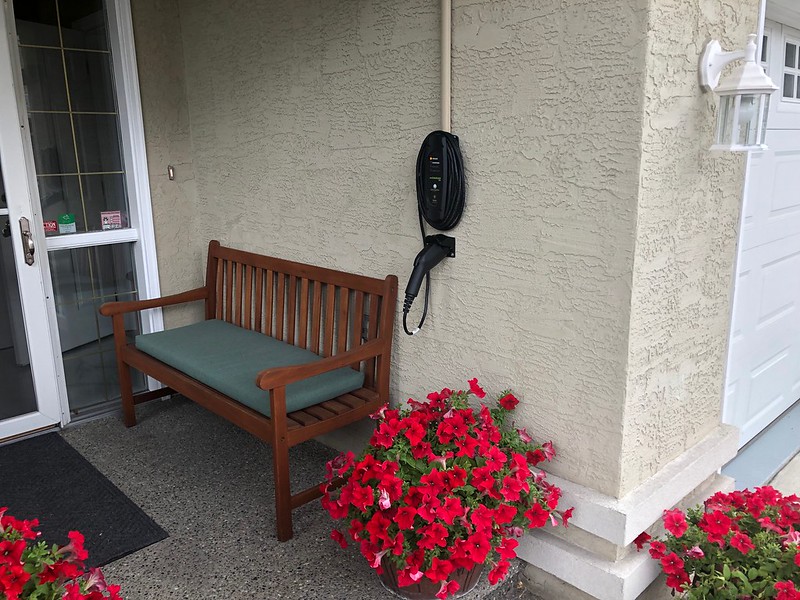
And a little wider shot for context. When "fueling at home, driving isn't just cheap, its stupid cheap.
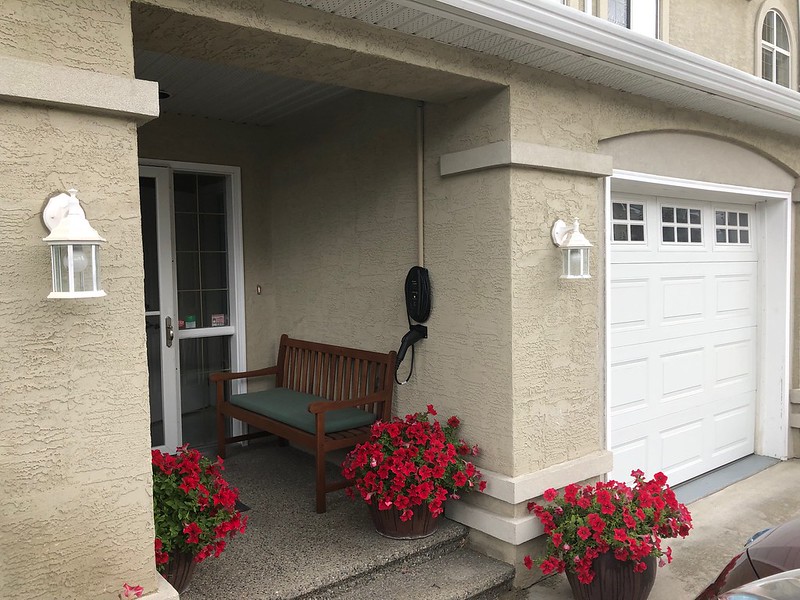
This is a typical Supercharger co-located at a Petro Canada. These are pretty much the same as any other DC fast charger but they are private for use of Tesla owners only. They use a different connector for a variety of reasons we won't get into here, but suffice to say they are just a private DC fast charger. Sometimes they are co-located with public fast chargers. Tesla has been doing that a lot in BC lately.

Here is a public and private DC fast charger site. This is a Flying J. These combined sites are getting common up here. Tesla is contracted to do the install because they do so many but the public chargers are owned and operated by FLO.

Another Flying J.
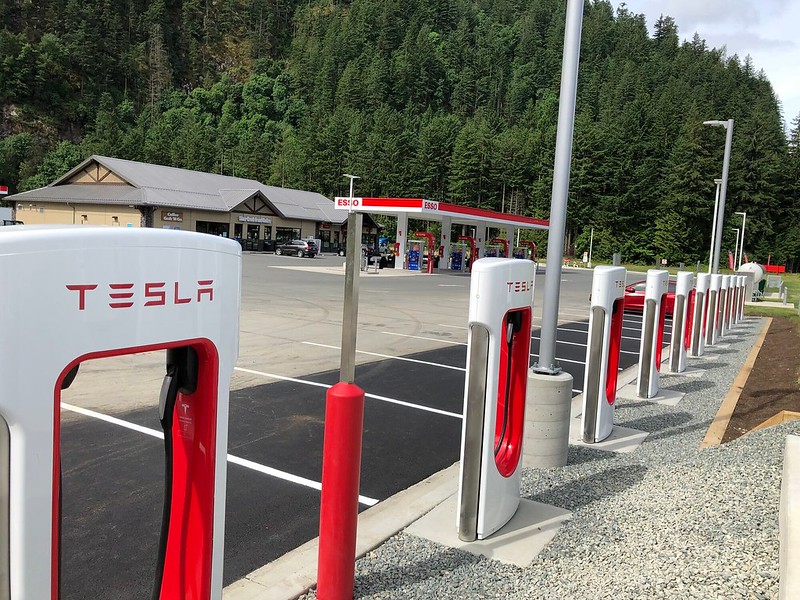
This is one of the problems those of us with electric tow vehicles face. Many (read most) of the earlier DC fast chargers were built with no way to charge without blocking a couple chargers. Ugh. Its getting better...slowly.

This is a pull thru that FLO put in about 70 kilometres away from us. Better.

These newer double sites work but just like a gas pump island they block the second "pump".
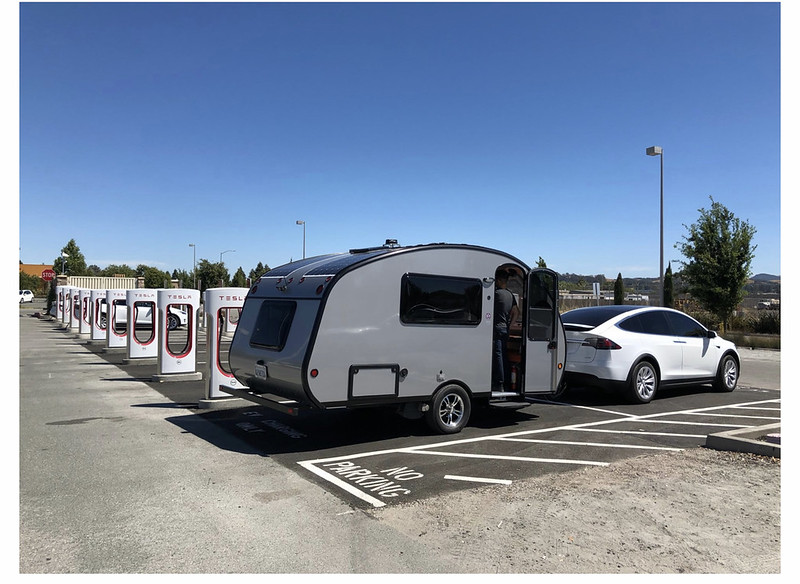
Unfortunately by far these older back in configurations are still predominant out there. If you are towing you'll be either unhooking or taking up 2 or 3 spots. People are pretty good though and tend to shuffle to make it happen. Us early adapters are a patient bunch. :)
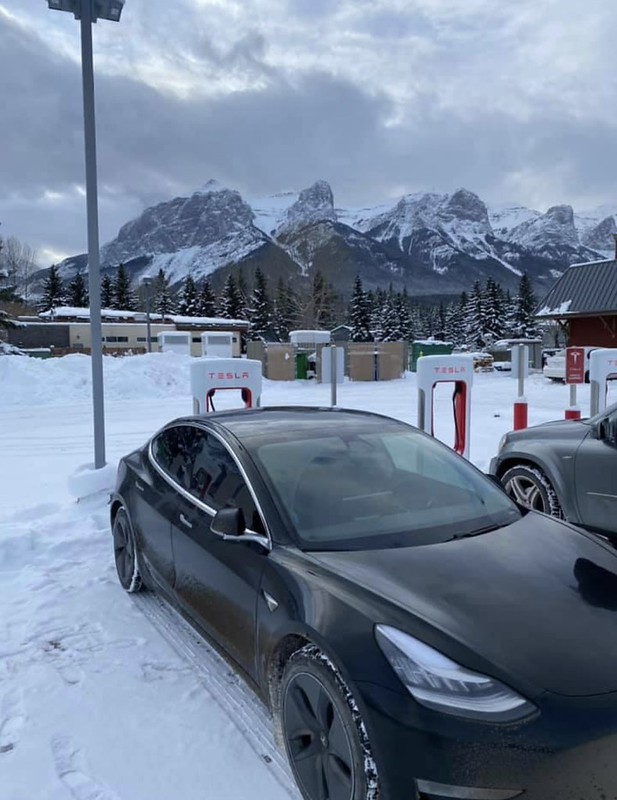 Untitled by radar231, on Flickr
Untitled by radar231, on FlickrHope that these pictures give some context.
Not an expert.
Cheers.
About Travel Trailer Group
44,052 PostsLatest Activity: Jun 10, 2015